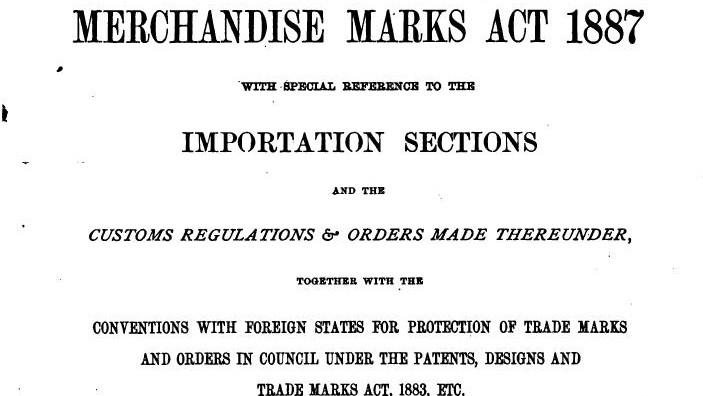In this article, recent MSc graduate Emily Hooker examines the history of nuclear energy in France for the lessons it offers about effective energy policy. Today nuclear energy provides 69% of France’s energy supply. The unusual importance of nuclear energy in France was the product of economic as well as technical advances. In their pursuit of an effective nuclear infrastructure, France’s civil engineers created an innovation in the way energy was priced. Their ideas offer a blueprint for how nations today can develop their energy grids.
After the Second World War nuclear power inspired hopes for safe, clean, and abundant electricity provision that would be “too cheap to meter”. No country committed to nuclear more than France, where one hopeful politician pronounced: “in France, we don’t have oil, but we have ideas.” Nuclear energy seemed the perfect idea for a country with limited natural resources, a need to industrialise, and a reluctance to rely on external energy supply chains.
Just after the war, skilled policymakers embarked on the first large-scale state-led push to develop civil nuclear power in France. This project revolutionised the state’s role in France’s energy systems and the financing of public infrastructure, legacies that are still with us.
The national energy company Électricité de France (EDF) shaped French energy policy and markets. Though publicly owned, EDF had enough independence to advocate for its own interests, rather than being dictated to by the Ministry of Finance.
The renown of the ingenieurs-economistes who ran EDF warranted this independence. This network of technocrats, many of them educated at the esteemed École Polytechnic, circulated between EDF and the Commissariat Général au Plan, the government body leading France’s economic and social planning. These engineers had a system-wide knowledge of France’s post-war reconstruction.
The ingenieurs-economistes’ remit covered both the production and distribution of electricity. This way, production and consumption could be managed under one roof. And if they could accurately anticipate patterns of consumption, they could reduce waste and promote revenues. According to the economic historian Guillaume Yon, this arrangement led them to develop long-term marginal-cost pricing, the precursor to today’s peak-load pricing – charging higher prices when demand for energy peaks and lower prices when demand is lower.
The idea was that the cost of electricity should correspond to the marginal costs of its production, transport, and the load curve – aggregate consumer demand for energy as it rose and fell throughout the day or over a year. Prices were to rise during peak hours, such as in the evening, and fall during off-peak hours, such as over the afternoon.
In my work, I argue that this novel pricing system transformed the French government’s capacity to raise investment capital for energy infrastructure projects: it contained demand until it was sufficiently intense to justify building a new plant. And this became particularly important during the second phase of nuclear expansion in France, during which the building up of new nuclear capacity required massive capital investment.
To finance new reactors there were two funding routes available to EDF. First was internal funding from its own revenue. Second, EDF could resort to external financing, either from funds allocated to it by the government or from capital raised on financial markets.
As it happened, half of France’s nuclear expansion was paid for by internal self-funding, and half from capital markets. But its capacity for internal funding mattered more than external financing. Direct control of prices via the long-term marginal cost calculation stabilised EDF’s financial position, and so made it more fit to contract finance on capital markets.
Before 1968 the prices EDF charged were kept low to spur demand and urge users to consume. In these early years EDF targeted a doubling of electricity demand every ten years. This strategy accorded with France’s initial goal of modernising the country and spurring growth in its industrial sector. Yet while this pricing strategy accomplished certain goals, it left EDF short of cash, which curtailed its ambitions to grow France’s nuclear capacity. Then from 1968 to 1973 EDF raised its rates, and so reduced the capital deficit needed to be filled by external financing.
External financing funded the rest of France’s nuclear expansion. The backing of the French government lowered the rate at which EDF was able to borrow, by providing stability and security that attracted private investors. From the perspective of an investor, the direct control of prices by EDF made early investment in nuclear more palatable as price uncertainty was brought under the control of the government.
The system worked. Today nuclear provides 69% of France’s energy supply. Innovations in public financing strategies were critical in enabling innovations in civil nuclear energy. Marginal-cost energy pricing gave an additional tool for policy makers to influence behaviour consumer behaviour and leverage investment. Today, governments can learn from France’s experience to manage energy generation that ensures security of supply and energy affordability.




